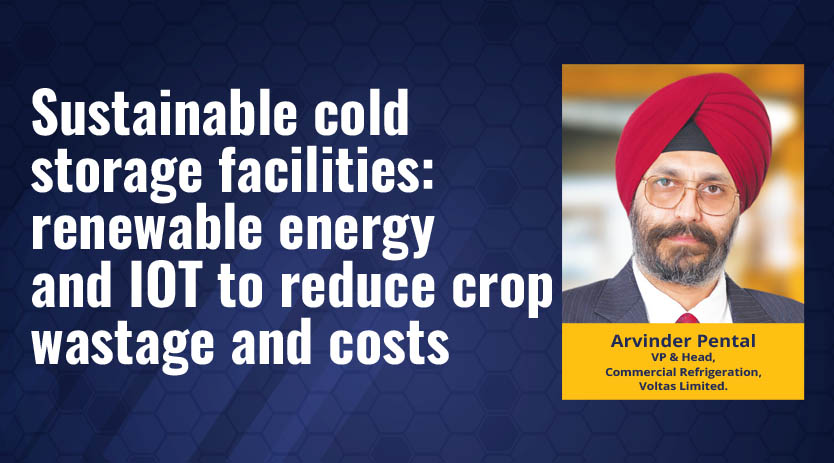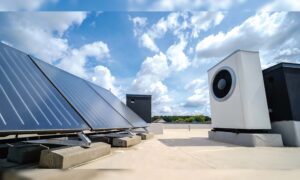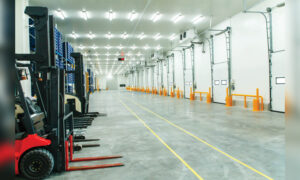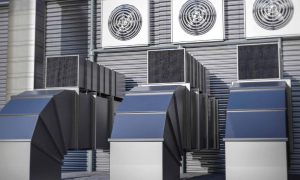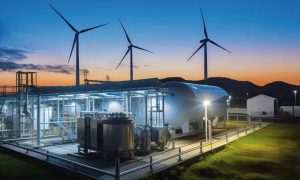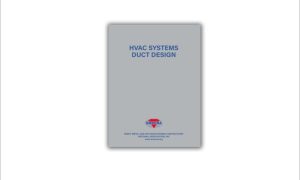Demand for eco-friendly cold storage facilities is rising due to sustainable materials and renewable energy sources like solar panels and energy-efficient refrigerants. Pre-cooling and packaging facilities in cold storage reduce crop wastage costing $14 billion annually. Developing tech-enabled infrastructure in India to cover cold storage and logistics functions is challenging. IoT-enabled portable cold rooms powered by solar energy are an upcoming trend to reduce spoilage and lower service costs. A reliable Warehouse Management System (WMS) is crucial for transparency and real-time access to inventory, productivity measures, and order status data.
Environment-friendly cold store facilities
An environmentally-friendly cold storage facility primarily uses sustainable and eco-friendly materials, such as CFC-free polyurethane foam, aerogel made from recycled glass, and natural materials like wool and cotton. Despite their higher cost than traditional materials like fibreglass, these sustainable materials help prevent heat loss and fluctuations in internal temperature due to external volatility.
In addition, eco-friendly cold storage facilities are equipped with an intelligent controller that allows for remote management and mobile app operation, advanced insulation options, smart cooling controls, and preventive maintenance. Renewable energy sources, such as solar panels, can be installed to reduce greenhouse emissions and the carbon footprint of cold storage facilities. To further promote sustainability, eco-friendly cold storage facilities use energy-efficient refrigerants like Ammonia and HFCs and green refrigerants such as R-407c and R-404a. In low-ambient temperature countries, CO2 has emerged as a refrigerant for low-temperature systems in industrial refrigeration.
Furthermore, green cold storage facilities incorporate features like waste heat management systems, fire safety, rainwater harvesting, natural ventilation, and noise control. O2 has also emerged as a refrigerant for low-temperature systems in industrial refrigeration in low ambient temperature countries. Green cold storage also has features like a waste heat management system, fire safety, rainwater harvesting, natural ventilation and noise control.
Facilities available for pre-cooling and packaging in cold storage
According to industrial statistics, inefficient cold chain management and logistics result in around $14 billion worth of crop wastage every year. Investing in a well-connected cold chain and preservation infrastructure from farm to the consumer can significantly reduce this wastage. This includes pre-cooling, weighing, sorting, grading, and waxing facilities at the farm level, multi-product/multi-temperature cold storage, controlled atmosphere storage, packing facilities, IQF, blast freezing at distribution hubs, and reefer vans. The infrastructure also involves mobile cooling units for distributing non-horticulture, horticulture, dairy, meat, and poultry products.
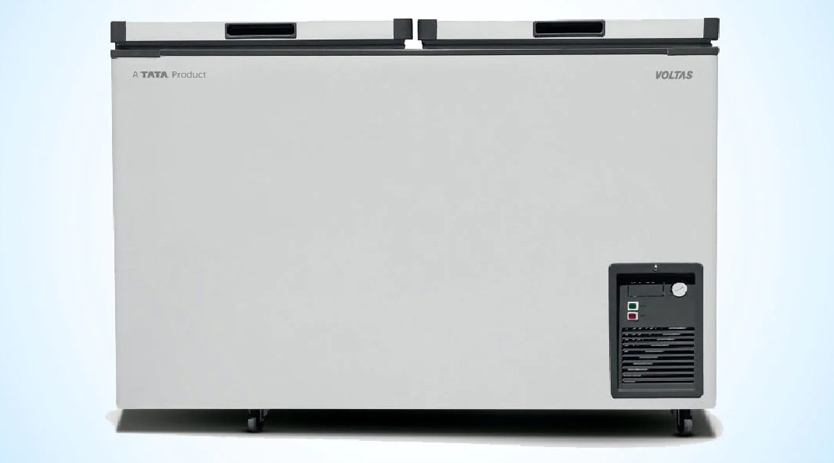
Challenges and needs to reinvent cold storage shortages.
In India, the major challenge for cold storage facilities is to develop tech-enabled infrastructure covering cold storage and logistics functions, ensuring seamless transportation and procurement of perishable goods. By leveraging foreign direct investment (FDI), India has the potential to develop a temperature, humidity, CO2, and Ethylene tracking system within cold storage units to extend the shelf-life of perishable items and prevent spoilage. India’s cold storage systems can also implement automated fleet movement records to facilitate quick and accident-free truck movement within the unit.
Upcoming trends in portable cold storage
One of the significant trends is the use of IoT-enabled portable cold rooms powered by solar energy for pre-cooling and storing perishables on farms. These cold rooms feature remote monitoring capabilities that reduce spoilage, lower service costs, and predict failures by monitoring 120 parameters in real-time. They also incorporate innovative thermal storage for 24-hour power backup and a modular design that can convert any insulated room into a cold room. Furthermore, an app-based cold chain platform is available for sourcing perishable goods and utilizing commodity storage information to attract buyers.
Warehouse Management Systems
Transparency is crucial at every stage of the cold chain, including chilling, storage, and transportation, to ensure the safe and reliable delivery of goods. A reliable Warehouse Management System (WMS) is essential to achieve this, providing real-time access to inventory, productivity measures, and order status data. Inventory accessibility is also critical to support manufacturing and sales across all channels. Businesses need real-time inventory visibility to manage and monitor inventory status, location, and health, regardless of where it is in the supply chain. Managing inventory costs, including order costs, stock-out expenses, and carrying costs, is crucial for maintaining financial stability. Proper handling and tracking of these items and supplies are necessary—operational goals. Order costs, stock-out-related expenses, and carrying costs are the direct inventory costs businesses try to manage and keep under control. These items and supplies must be handled and tracked correctly to maintain a company’s financial stability
Cookie Consent
We use cookies to personalize your experience. By continuing to visit this website you agree to our Terms & Conditions, Privacy Policy and Cookie Policy.

